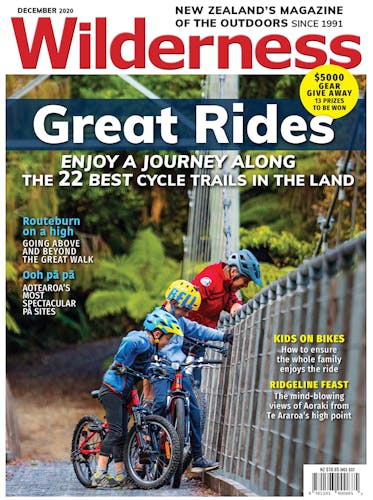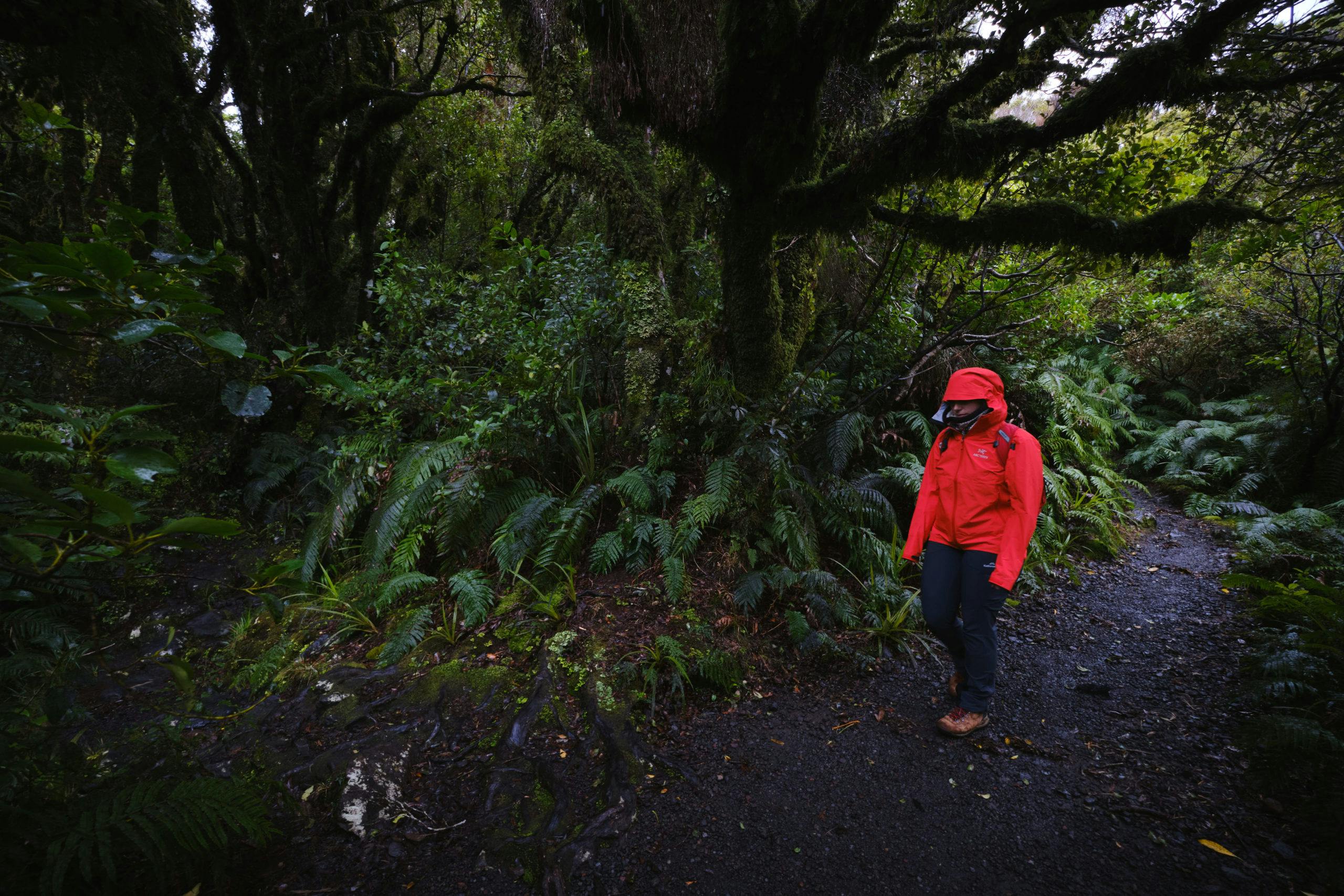Before undertaking a tramping trip, it’s important to know everything you can about the route and the expected conditions.
Just like a journalist might check their sources before publishing a story, a tramper should double-check all information on the route and conditions for an upcoming trip.
Track information: Information on tramping routes and huts on conservation land can usually be found on DOC’s website (doc.govt.nz), which includes details about the route and how to get to the start and endpoints. It also provides an estimated walking time and a topographical map showing the route. Hut details include the number of beds, hut facilities, cost and whether booking is required. Look for alerts at the top of the page which may include information on track or hut closures.
Information on local routes can often be found on city or regional council websites. The quality and depth of this information varies but it usually tells you something about the track, how to get to it and there may be some form of map, though this is seldom a topographic map.
Other useful sites: Websites like wildernessmag.co.nz, alltrails.com and tramper.nz provide useful information about many tracks across the country. These sites – plus the DOC website – may be helpful when trying to find good trips in the area in which you live or are visiting.
Maps: The best maps are the Topo50 series of topographical maps which can be purchased from outdoor stores, DOC offices and i-Sites. The DOC website has topographical maps which can be printed. Topo50 maps can be downloaded or printed for free from topomap.co.nz. There are many paid map apps available for smartphones. When printing maps ensure the aspect ratio is maintained.
Weather: Always check the weather before every trip and be prepared to reconsider the trip in light of the forecast. When heading into the mountains, check the mountain forecast, not the forecast of the nearest town as the weather in the mountains is often different. Metservice provides the main weather forecast for the country and gives both brief and extended forecasts for mountains and also more detailed forecasts for national parks and the Tararua Ranges.
Avalanche conditions: If you’re heading into alpine regions during avalanche season, check the avalanche advisory at avalanche.net.nz.
Recent trips: It’s worth searching the Internet (and use the Wilderness trip finder) for trip reports and blogs from tramping clubs or people who have recently been on the track at a similar time of year. You can often find information
not available in the official information, for example, muddy sections or lots of windfall.
Personal knowledge: Talking to people who know the route also provides valuable information.
Once you’ve gathered the information, consider if the trip is still on. Do you have the skills and gear for the trip? Is the weather right? If the answer is still yes, you will be more prepared by knowing what to expect and can more fully enjoy the trip.
– Heather Grady is an instructor with Outdoor Training New Zealand








